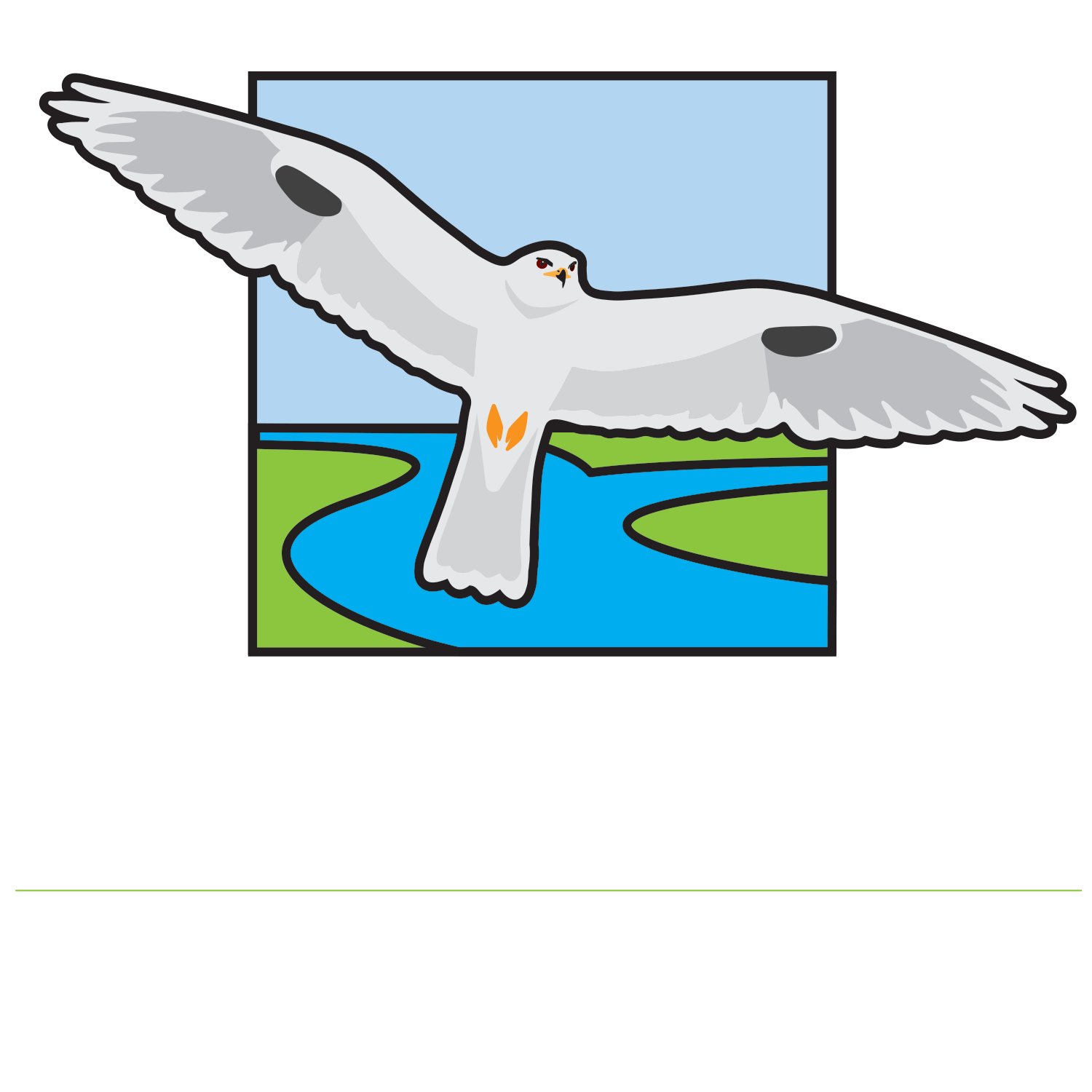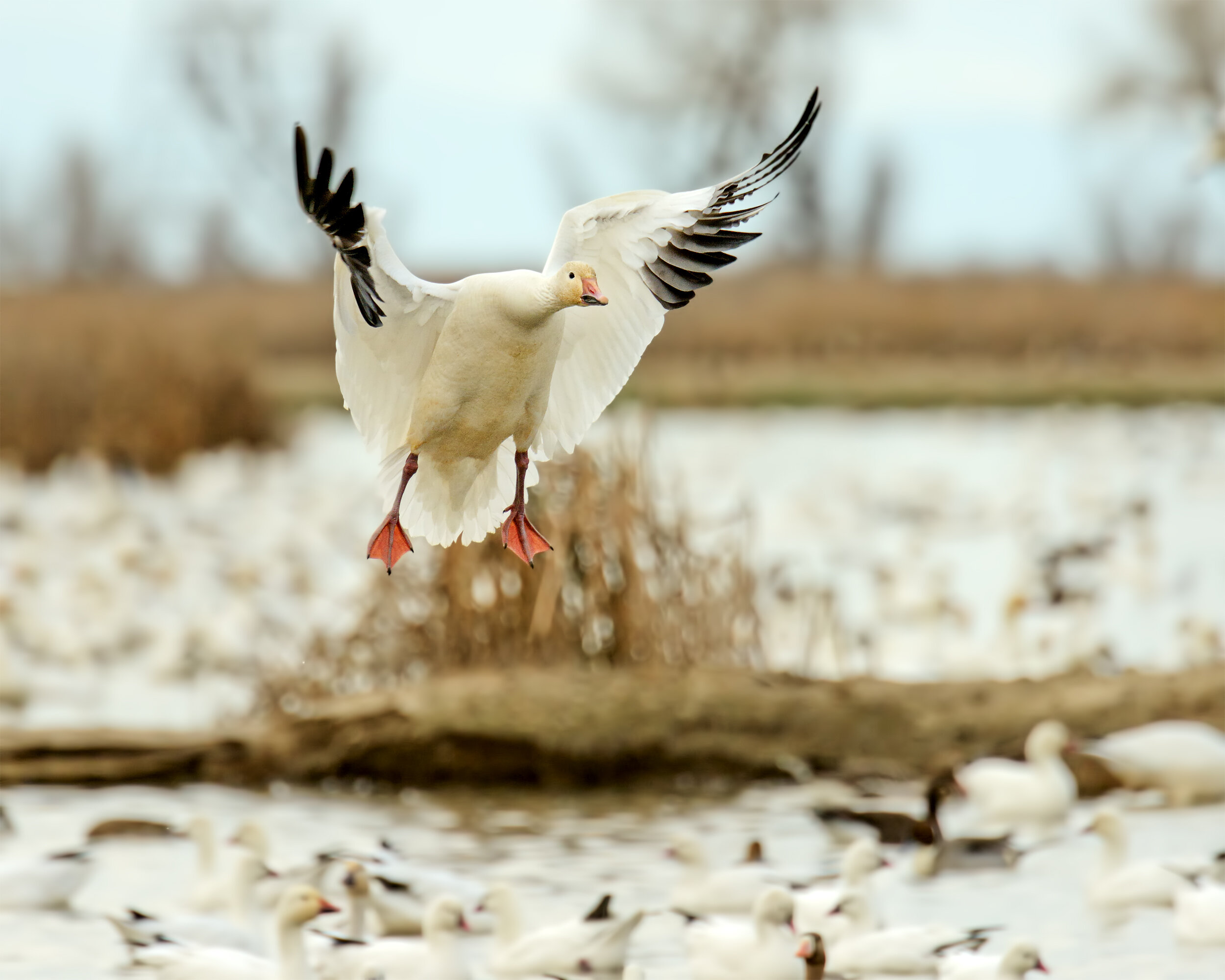Recently, Lora Heller, visitor services manager, for the Sacramento National Wildlife Refuge Complex sent the following message to Sacramento Audubon and asked that we share it with our community. Normally at this time of year, Sacramento Audubon would be leading several field trips to these fantastic wildlife refuges. Until we can lead those trips again, we encourage you to visit on your own and keep in mind the following recommendations.
Fall is upon us and the Sacramento National Wildlife Refuge Complex is booming with birds. The visitor center has been closed since March, our office staff including myself worked at home most of the summer. It is amazing to see the wildlife’s response to very few staff and visitors around the visitor center. A flock of 20+ turkeys walk by every day. Several cottontail rabbits are now living next to the building. Over the last two months, other wildlife are starting to return for their wintering grounds. I work on my computer, distracted by the sounds of white geese getting blown into the air by disturbance (planes, people, and predators).
In the past, we have always emphasized to visitors how the refuge is a home for wildlife. Now more than ever, we as a society need this refuge as an escape from our work at home, our teleconferences, and as a chance to get outdoors and absorb the sounds of nature, peace, and marvel the wonders of migration.
Staff are limited on-site, but we are ready for you to visit! With the visitor center closed, we want you to be informed and prepared before you visit. Remember these tips while you visit.
Please recreate responsibly by staying socially distant on trails, restrooms, and platforms. Bring and wear your mask.
Restrooms are open but limited on cleaning. We recommend you bring hand sanitizer and toilet paper just in case. Also plan to take home all of your trash with you.
Respect the wildlife by staying in your vehicle on the auto tour! This means keeping your doors closed, heads inside the vehicle, and use designated parking areas to get out of your vehicle. Why? Your vehicle acts as a blind. When waterfowl see humans, they take off into flight burning calories. During the day, the waterfowl are on the refuge to rest. On cold days, they need to conserve all the calories they can. Let them burn the calories to escape a bald eagle or peregrine falcon, not because you wanted to get a better look or forgot something in your back seat.
Be patient and considerate to other drivers. Drive the 15 mph speed limit. Keep your eyes open for vehicles wanting to pass. Use pullouts and keep your tires on the gravel road. When it rains, vehicles can get stuck on the side of the roads.
The local towns love having your business but be prepared. Most restaurants are not at full capacity, only have takeout options, and have limited restroom availability.
With the visitor center closed, be sure to bring your own binoculars and field guides.
Sacramento NWR day and annual passes can be purchased via credit card at the fee machine near the entrance. All of our passes, Federal Duck Stamps, and America the Beautiful senior passes are available online at https://sacnwr.recaccess.com/.
Brochures will be limited. Download maps and information before you come. Visit https://www.fws.gov/refuge/Sacramento/map.html.
Staff are getting creative with our programs and interactions this year. We have programs and activity sheets on Facebook, fun photos on Instagram, and children’s books laminated along the Wetland Walk trail (coming soon). Junior Ranger Booklets will be available online and in limited quantities onsite. A variety of virtual programs for school groups (visit our educators page of our website). Agents of Discovery cell phone game on the trail and visitor center allows users to play virtual games and learn about the refuge wildlife.
After your visit, share your experiences with friends, family, and neighbors. Let them know that getting outside and exploring the bounty of our National Wildlife Refuges is a great way to enjoy our wintering waterfowl.
Snow Goose
Image by Daniel Brown

